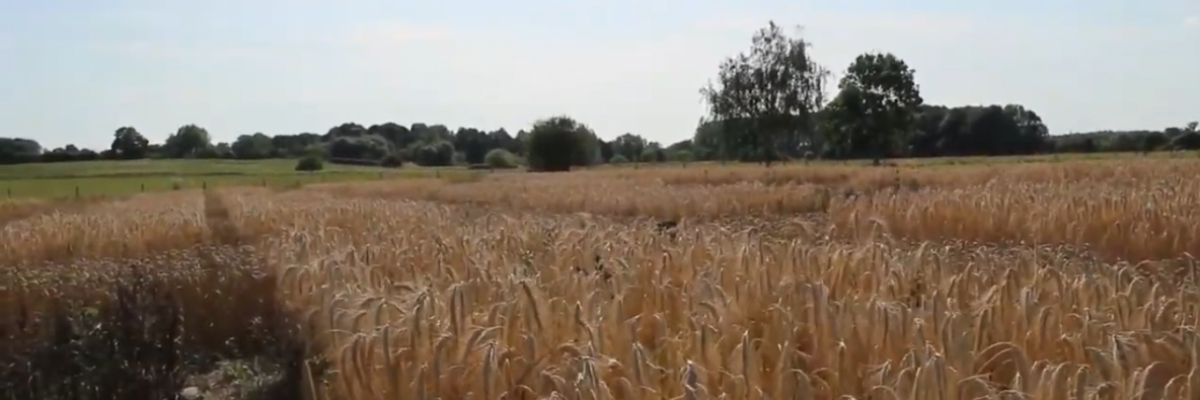
Research Background:
Intercropping cereals and pulses can have a beneficial impact on a number of factors including weed control and harvestability. This trial at the University of Reading Crop Research Centre in 2018/19 compared intercrops of beans and triticale to monocrop comparisons in spring and winter sown crops, looking at the impact on weed control, lodging and yield.
Trial Design:
- The trial was set up using 6 randomised blocks for spring and winter sown crops with one replication in each block.
- Plots situated on light sandy loam. Optimal conditions in the autumn for dirilling. Very dry spring.
The image above shows the trial design with the replicates
Findings & recommendations:
- There was no lodging recorded in any treatment.
- There was a noticeable difference between the spring and winter crops harvestability, with winter crops flowing better through the combine. This was most likely due to weed burden.
- No data was collected for weed burden however there was a visual advantage to intercropping as a measure of controlling weeds.
- Yield data suggested winter intercrops more reliably produced positive land equivalent ratio (LER)s while spring intercrops had the potential to produce higher LERs given the right conditions.
| View the results in pdf form here |
David is also currently looking at a number of other factors including in 2019/20 trials:
- Economic returns from intercropping
- Crop combinations of different cereals with bean and different legumes with wheat
- Weed management
- Legacy effect on following crops
- Nutritional benefits (effect on grain nitrogen %)

